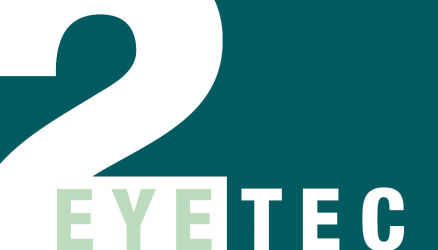meta data for this page
Differences
This shows you the differences between two versions of the page.
| Next revision | Previous revision | ||
| en:techinfo:kabeltypen [2023/12/18 11:39] – created lb | en:techinfo:kabeltypen [2023/12/18 11:52] (current) – lb | ||
|---|---|---|---|
| Line 7: | Line 7: | ||
| The standard cable is a special, resistant electronic cable with a polyurethane outer sheath. This cable is resistant to mechanical stress without leaving kinks or knots in the cable. This cable is available in various cross-sections and with or without shielding, making it suitable for almost all applications. Unless otherwise specified, the cable is assembled with this wire. | The standard cable is a special, resistant electronic cable with a polyurethane outer sheath. This cable is resistant to mechanical stress without leaving kinks or knots in the cable. This cable is available in various cross-sections and with or without shielding, making it suitable for almost all applications. Unless otherwise specified, the cable is assembled with this wire. | ||
| - | **Outer sheath:** PUR 11YM1 | + | * **Outer sheath:** PUR 11YM1 |
| - | + | | |
| - | **Outer sheath colour:** black ■, shiny | + | |
| - | + | | |
| - | **Bending radius:** 7,5 x cable diameter | + | * **Additional Features:** Silicone-free, |
| - | + | ||
| - | **Maximum temperature: | + | |
| - | + | ||
| - | **Maximum temperature: | + | |
| - | + | ||
| - | **Additional Features:** | + | |
| - | Silicone-free, | + | |
| ===== Flexible cable ===== | ===== Flexible cable ===== | ||
| Line 24: | Line 17: | ||
| As soon as the flexibility of the cable is vital - e.g. when used on a gimbal - we use a special cable which has a particularly high flexibility. This flexibility is achieved by the material of the insulation as well as by the very thin copper strands that make up the conductors. The cable has a significantly lower mechanical resistance and shows clear traces in the form of slight kinks and knots in the sheath after heavy mechanical stress, especially when the minimum bending radius is regularly undershot. The electrical parameters are not normally affected by this, but we do not recommend this cable for daily use. | As soon as the flexibility of the cable is vital - e.g. when used on a gimbal - we use a special cable which has a particularly high flexibility. This flexibility is achieved by the material of the insulation as well as by the very thin copper strands that make up the conductors. The cable has a significantly lower mechanical resistance and shows clear traces in the form of slight kinks and knots in the sheath after heavy mechanical stress, especially when the minimum bending radius is regularly undershot. The electrical parameters are not normally affected by this, but we do not recommend this cable for daily use. | ||
| - | This **shielded** cable is only available with one cross-section **(4 x 0,15 mm²)** and therefore it is not suitable for all applications and lengths. The outer sheath is made of flexible PVC (black) and the outer diameter is 4,8 mm. | + | This **shielded** cable is only available with one cross-section **(4 x 0,15 mm²)** and therefore it is not suitable for all applications and lengths. The outer sheath is made of flexible PVC (black) and the **outer diameter** is **4,8 mm**. |
| ==== LBUS cable ==== | ==== LBUS cable ==== | ||

